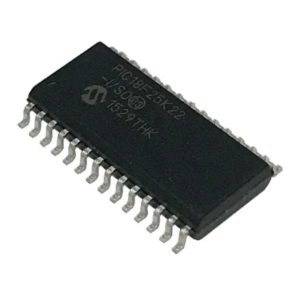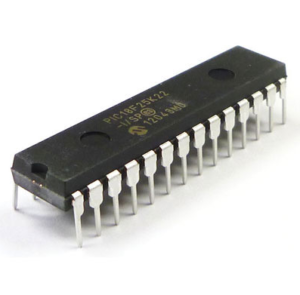Copy Microcontroller PIC18F25K22 Secured Memory Binary is a process to recover locked flash memory code from microchip pic18f24k22 after crack mcu pic18f24k22 fuse bit;

The oscillator module has three independent, internal oscillators that can be configured or selected as the system clock source.
- The HFINTOSC (High-Frequency Internal Oscillator) is factory calibrated and operates at 16 MHz. The frequency of the HFINTOSC can be user-adjusted via software using the OSCTUNE register which can be used to reverse microchip pic18f25k20 flash memory protection (Register 2-3).
- The MFINTOSC (Medium-Frequency Internal Oscillator) is factory calibrated and operates at 500 kHz. The frequency of the MFINTOSC can be user-adjusted via software using the OSCTUNE register (Register 2-3).
- The LFINTOSC (Low-Frequency Internal Oscillator) is factory calibrated and operates at 31.25 kHz. The LFINTOSC cannot be user-adjusted, but is designed to be stable over temperature and voltage which will faciliate the process of pic18f13k22 flash memory code extraction.

The system clock speed can be selected via software using the Internal Oscillator Frequency select bits IRCF<2:0> of the OSCCON register. The system clock can be selected between external or internal clock sources via the System Clock Selection (SCS<1:0>) bits of the OSCCON register. See Section 2.9 “Clock Switching” for more information.

Two of the clock modes selectable with the FOSC<3:0> bits of the CONFIG1H Configuration register configure the internal oscillator block as the primary oscillator. Mode selection determines whether OSC2/CLKOUT/ RA7 will be configured as general purpose I/O (RA7) or FOSC/4 (CLKOUT).
In both modes, OSC1/CLKIN/RA7 is configured as general purpose I/O. See Section 24.0 “Special Features of the CPU” for more information. The CLKOUT signal may be used to provide a clock for external circuitry, synchronization, calibration, test or other application requirements.

